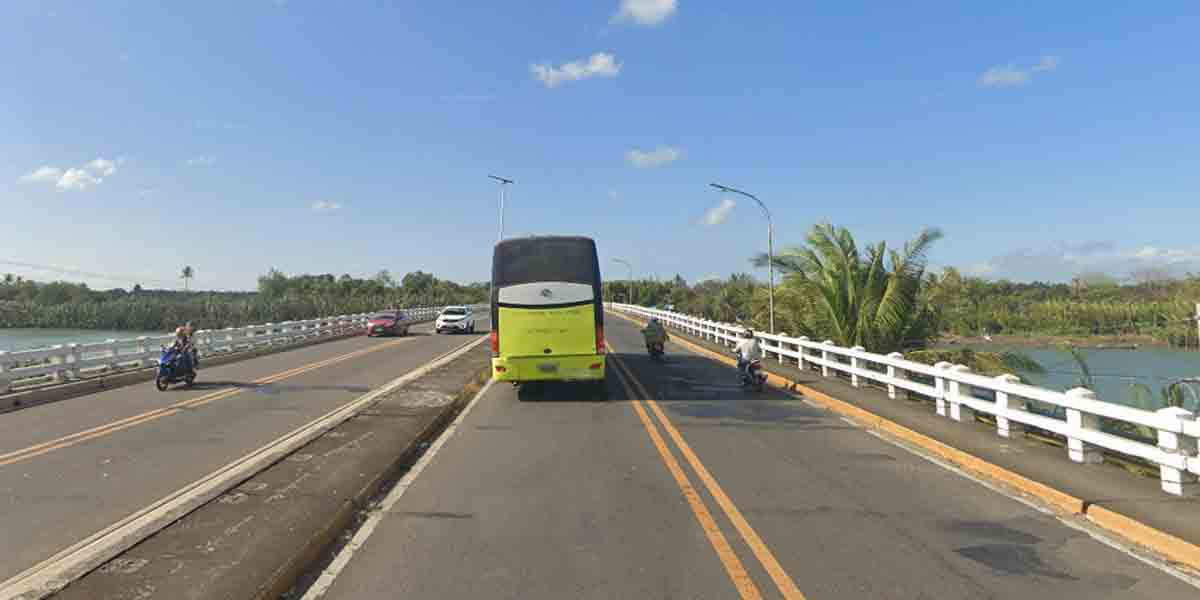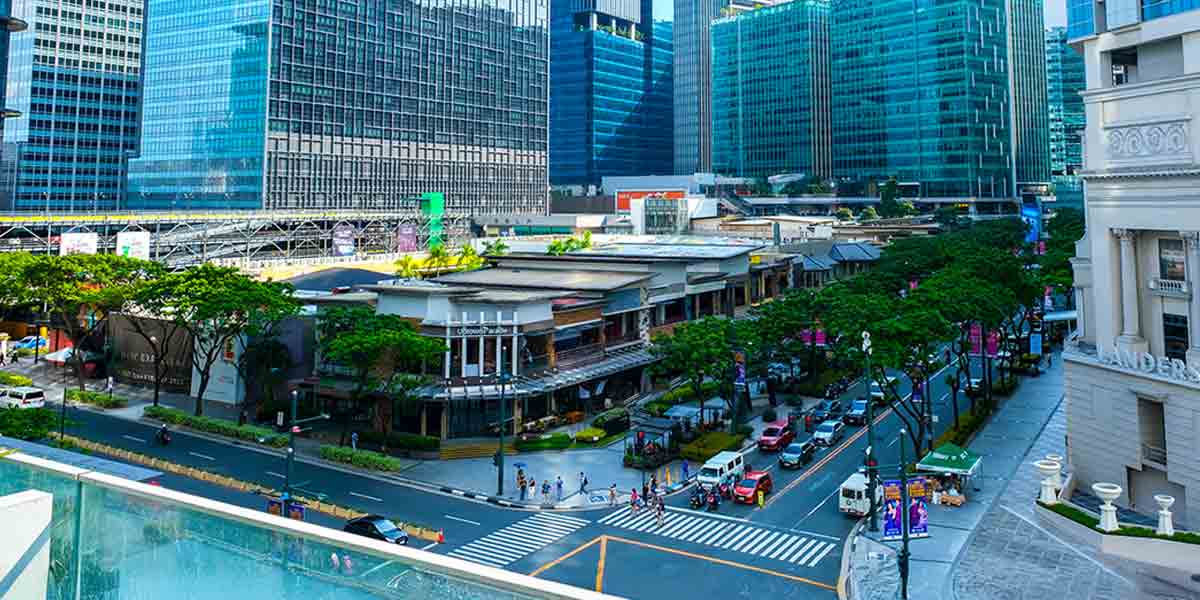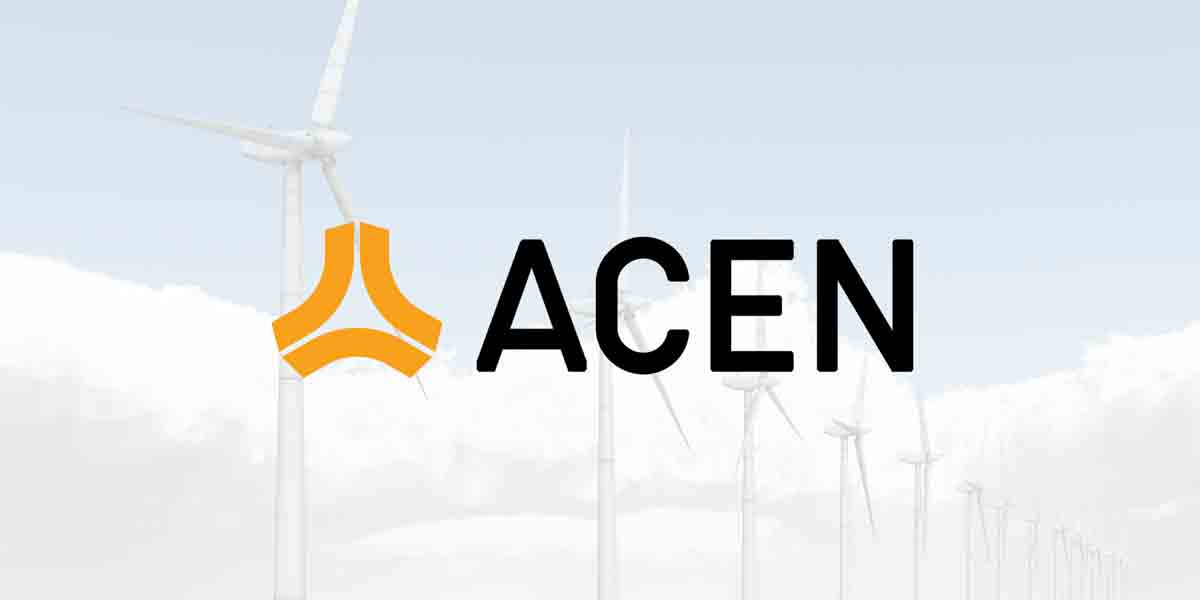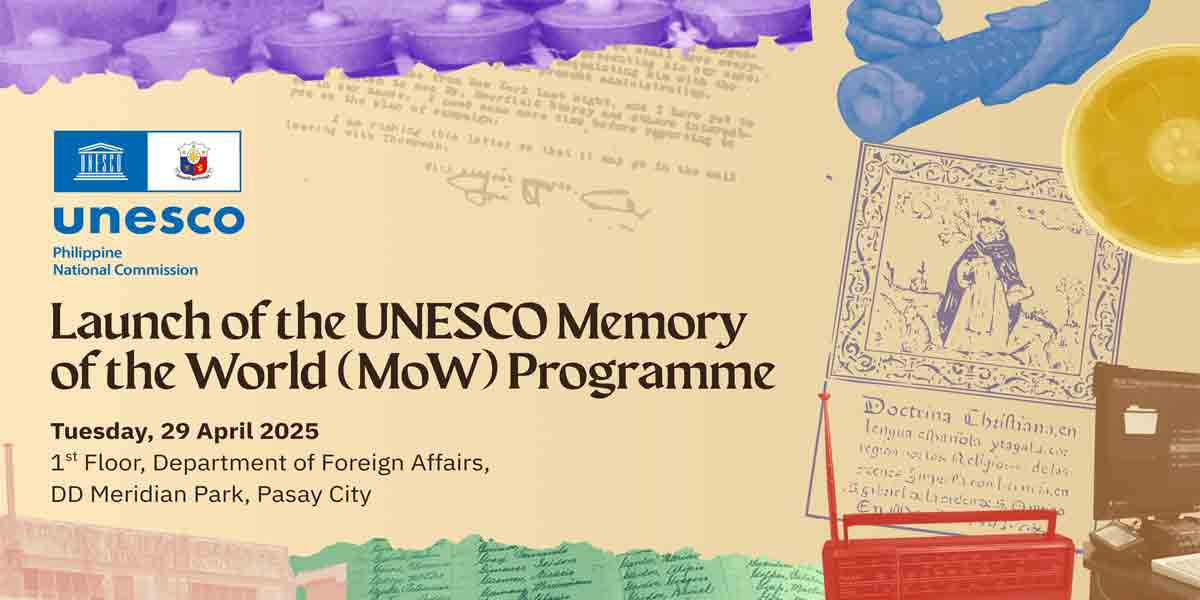 By: Engr. Edgar Mana-ay
By: Engr. Edgar Mana-ay
Brought into the limelight these days are the three watersheds which supply potable water to Metro Iloilo – the Tigum-Aganan Watershed (TAW) – and for Metro Manila, the Angat watershed.
Half of the water woes of Metro Iloilo is due to the TAW watershed but in Metro Manila, 100 percent of its water problem is due to the insufficiency of the Angat watershed. So we see now the importance of the watershed as the source of potable water supply for a given population center.
Going back to the basic, a watershed is a land area where rain falls and is drained by a river system towards the sea. The Angat Watershed and River Basin (AWRB) has a mountainous land area of 63,000 hectares where rain falls, drains into the mighty Angat river and used to supply 97% of the potable water needs of Metro Manila so that nothing actually reaches Manila Bay of the original rainfall in the watershed.
In the case of TAW, during heavy rains, 99% of the drainage water goes straight to Guimaras Strait because we do not have an impounding dam to store rainwater, unlike Angat dam which is a huge man-made abyss in the middle of a mountain range, maybe 50 km. long where rainwater is stored.
For the Tigum-Aganan Watershed, it is NOT TRUE that there is a dam in Maasin to store rainfall being drained by Tigum River. What MIWD has in Daja, Maasin is a sort of a weir or a concrete barrier so that portion of the Tigum river flow is diverted towards the 20-inch (diameter), 15-km long pipeline (underground) that conveys raw river water towards its Talanghauan Sta. Barbara processing plant to produce potable water for Metro Iloilo.
In fact, during prolonged dry season when the river’s water near the mountains is only 2 inches deep, MIWD has to add two layers of sand bag on top of the concrete weir just to trap more water to be fed into its pipeline.
About 30 years ago, the abundant water supply level at Angat Dam during normal rainy season is at 300 meters elevation. Recently, because of the prolonged El Nino from December to June followed by a below normal rainy season, the water level has gone below the 180 meters critical level to as low as 165 meters that resulted in water rationing in Metro Manila.
The problem of water supply for Metro Manila is NOT so much because of the condition of Angat watershed but because of the EXPLOSIVE POPULATION GROWTH from 12 million 30 years ago to the present 17 million level!
There is, therefore, the need for a NEW water source for Metro Manila and the Kaliwa Dam Project, also called the New Centennial Water Source (NCWS) which will harness water from Infanta, Quezon up to Tanay, Rizal, should have been very timely.
The project has been on the drawing board for 20 years now but is derailed by the so-called well-meaning activists (is there such an animal) which claims among others: the dam will destroy the serenity of Sierra Madre range will increase the risks of flooding and landslides and many more.
Unless a new and gigantic water source like the Kaliwa Project (which usually takes 10 years to construct) is placed in the supply train, the water woes of Metro Manila will just get worse in the coming years primarily because of the population explosion. It is interesting to note that Metro Manila with a 17-million population is normally supplied with 4 million cubic meters per day (cmd) of water while Las Vegas 2.3 million people (including the tourists, about half of the total population) gets 2.3 million cmd of water.
Now we go to our own Tigum Aganan Watershed (TAW) which has an area of only 332 sq. km. According to watershed and hydrologist experts, the TAW can still provide sufficient and clean water to Metro Iloilo in the next 30 years. But what we are experiencing is the opposite. Unlike in Metro Manila where the population explosion will outstrip the supply from Angat watershed, Metro Iloilo’s problem is that the TAW is NOT properly managed. There is NO integrated management linking the forest to the upland people eking their living in the mountain, the local government where the watershed is located and the concerned government agencies suppose to provide “expert” technical advice and effective implementation.
As experienced by the writer, the TAW Management Council whose honorary chairman is being rotated among the municipal Mayors in the watershed area was NEVER effective. The Mayor will assign his responsibility to his Municipal Environment and Natural Resources Office (Menro) who in turn looks towards the Provincial ENRO for directions and command.
More than 10 other government agencies are supposed to be part of the management council such as DENR, DPWH, PAMBI, Menro of the different towns, and many, many more with no specific responsibility and authority!
Adding to the chaos and turmoil are some NGOs (which I don’t want to mention) who will ride on and take over control (because the different government agencies have more important things to do) for their personal agenda and gains.
For the Tigum Aganan watershed management, there is a lack of interagency collaboration and therefore no efforts to consolidate activities and programs to heal the watershed and, lack of an institutional framework and the lack of a technical and administrative capacity to design and implement an effective watershed management plan.
Again I quote Barbara Kingsolver: “Water is life. It’s the briny broth of our origins, the pounding circulatory system of the world. We stake our civilization on the coasts and mighty rivers. Our deepest dread is the threat of having TOO LITTLE or TOO MUCH.”




















